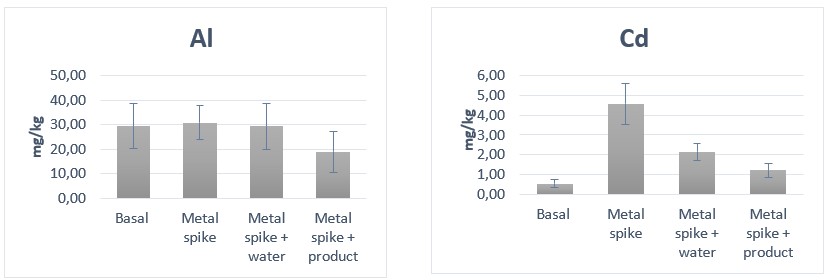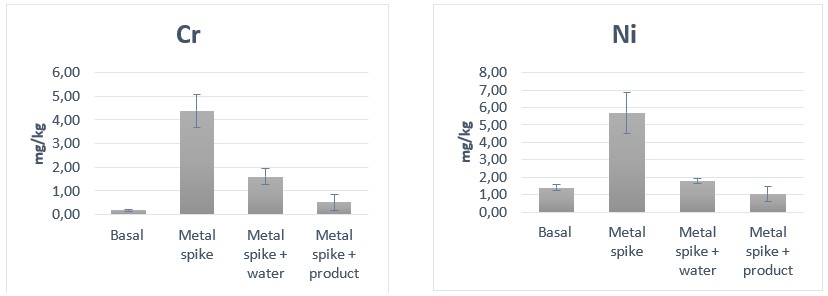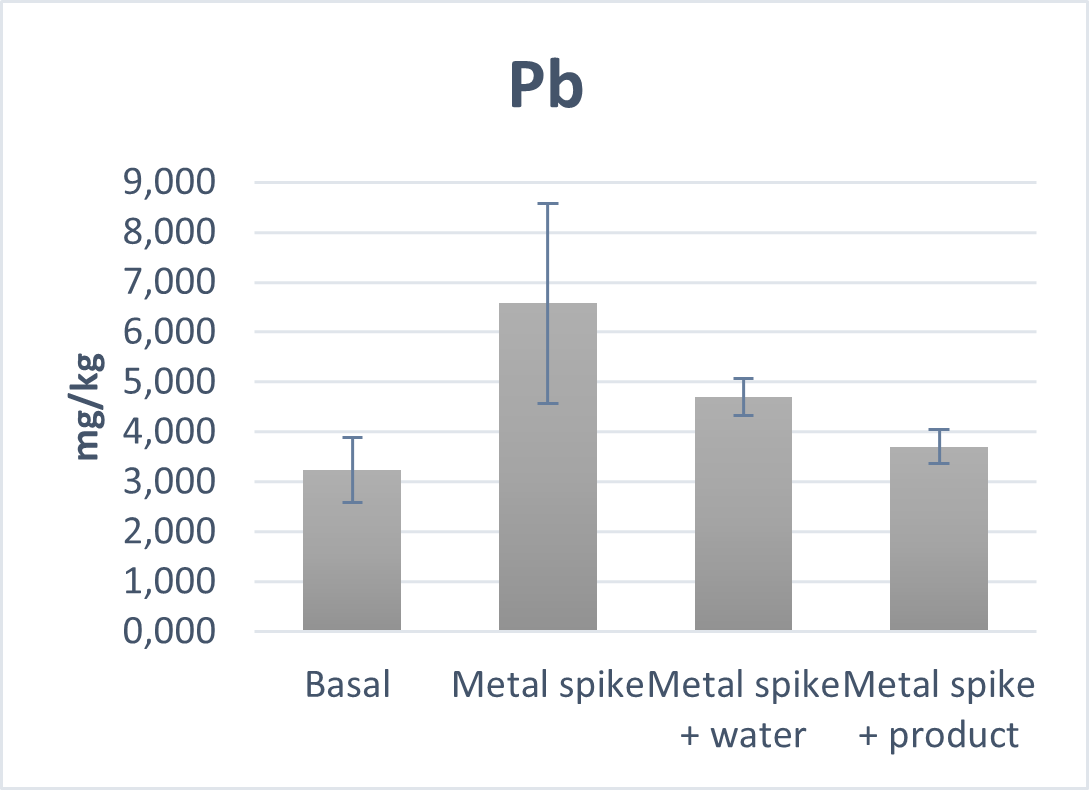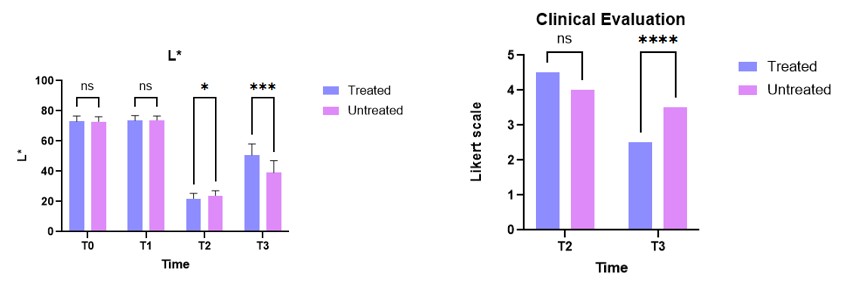Haircare: focus on “metal detox” and “anti-pollution” by Abich Lifeanalytics
31 March 2025
Growing global awareness about the adverse effects of environmental pollution has increased consumer appreciation and demand for haircare products that act as detoxifiers and protective barriers.
Pollutant particles in the air, such as fine dust, heavy metals and other chemicals, can settle on scalp and hair, penetrating hair structure, damaging keratin and increasing the risk of hair breakage. They may also cause scalp irritation and dryness.
The amount of metals on the surface of the hair and in the fiber varies also according to the water quality and the porosity of the fiber itself. Excessive accumulation, although not representing a health hazard, may result in brittle hair and compromise hair dyeing results.
Cosmetic industry addresses this issue by developing haircare products effective in protecting from pollution and detoxifying metals.
Well-designed testing protocols make it possible to translate consumer needs into reliable results supporting effectiveness.
Here we report two protocols developed by Abich laboratories to assess “metal detox effectiveness” in an ex-vivo model system and the ability to protect against microparticles simulating urban air pollution in an in vivo clinical study.
“Metal detox”. An instrumental-based quantitative approach by ICP-OES under standardized conditions has been developed to evaluate the effectiveness of haircare cosmetics in reducing the concentration of selected metals. Commercially available hair strands are spiked with selected metals and subjected to treatment with the product according to customizable protocol steps. Metal amounts are measured in comparative tests with appropriate controls and the reduction following treatment is calculated.
The protocol is flexible and can be easily customized based on the specific product and its conditions of usage (e.g. leave-on/rinse-off; metal spiking before or after treatment, choice of panels of spiking metals, hair strand types….), by also including specific steps of product usage simulation.
Below an example of achievable results.
| Parameter | Step #1 | Step #2 | Step #3 | Step #4 |
| Virgin hair without treatment | Hair polluted with metals | Polluted hair treated with water | Polluted hair treated with the sample | |
| Total Aluminium | 29,40 ± 9,33 | 30,82 ± 7,00 | 29,38 ± 9,44 | 18,97 ± 8,37 |
| Total Cadmium | 0,52 ± 0,20 | 4,58 ± 1,04 | 2,14 ± 0,44 | 1,20 ± 0,37 |
| Total Chromium | 0,18 ± 0,03 | 4,38 ± 0,69 | 1,60 ± 0,33 | 0,52 ± 0,34 |
| Total Nickel | 1,40 ± 0,17 | 5,69 ± 1,19 | 1,78 ± 0,17 | 1,02 ± 0,44 |
| Total Lead | 3,24 ± 0,65 | 6,57 ± 2,00 | 4,69 ± 0,37 | 3,70 ± 0,34 |



“Anti-pollution”. The in vivo study design is based on the application of carbon black on skin of a selected panel of healthy volunteers, followed by instrumental assessment under controlled conditions in order to evaluate the effectiveness of the product in protecting scalp from microparticles simulating pollution compared to the control (untreated area).
Carbon black is a black powder of nearly pure elemental carbon particulate, one of the main constituents of the ultrafine fraction of particulate matter. It is used to mimic smog and atmospheric pollution due to ethical constraints of clinical testing of cosmetics.
Multiple areas of application on the skin can be chosen for comparative studies with benchmarks.
Below is reported the main flow scheme of the protocol:
T0: baseline values of the untreated areas
T1: application of the product in one area under standardized conditions
T2: treatment with CARBON BLACK PM 1-5 in all areas under standardized conditions
T3: detergency of all sites with water under standardized conditions
Primary endpoints of the study:
- Instrument analysis of L* parameter of the CIELAB system using Antera Miravex 3D in order to evaluate surface brightness (L*=0 indicates black; L * = 100 indicates diffuse white).
- Clinical evaluation of the visibility of the “dirt” in standardized light conditions by specialized and trained personnel (score from 1 to 5, after application of Carbon Black (T2) and after the cleansing step with water (T3)).
Measures are taken in controlled conditions of temperature and humidity and after a standardized acclimatation period.
Variations of the measured parameters are calculated and inter-group statistical analysis applied to evaluate significance of result differences.
Results of a study performed on a leave on spray emulsion are presented below and support anti-pollution efficacy in keeping the skin clean from carbon black adhesion.

Conclusions
Customizable in vitro and in vivo protocols described above can be coupled to evaluate “metal detox” and “anti-pollution” effectiveness of haircare formulations to substantiate reliable claims and meet the evolution of needs, even of the most pollution-conscious consumers.
Advertorial
Sponsor of the Boost Your Test Zone
CONTACT
Lifeanalytics
![]()







 Follow us on Linkedin!
Follow us on Linkedin!
You must be logged in to post a comment.